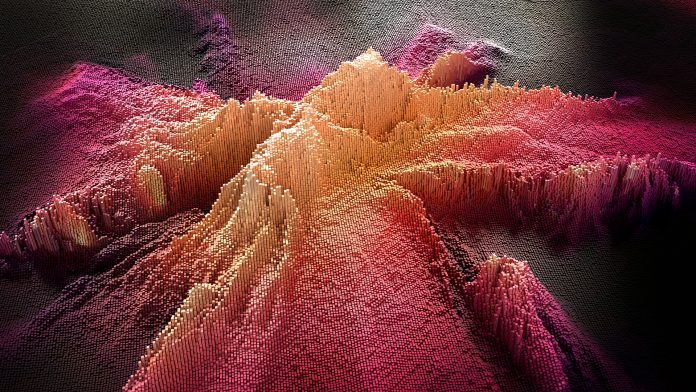Scientists have produced a technology that can fabricate an ultrathin type of MXene film for electromagnetic interference (EMI) shielding.
A team of researchers, led by Koo Chong-Min, the head of the Materials Architecturing Research Center at Korea Institute of Science and Technology (KIST), used the 2D material MXene to develop a nanometre-thick film for EMI shielding.
Professor Kim Sang-Ouk of the Department of Materials Science and Engineering at Korea Advanced Institute of Science and Technology (KAIST) and a research team led by Professor Yury Gogotsi from Drexel University, USA, also participated in the creation of the ultrathin film.
When micrometre thick MXene films, with high electrical conductivity, were created in 2016 there were no technologies that could directly apply MXene to highly integrated electronic devices, such as h5G communications and mobile devices.
Innovating nanomaterial technologies
The research team used a self-assembly technique to fabricate an ultrathin MXene film with uniform atomic-scale thickness. MXene film is reported to have exceptional absolute electromagnetic shielding performance (shielding effectiveness relative to thickness and density) that is far greater than that of any other material reported to date.
By adding a volatile solution onto the surface of a diluted MXene solution, researchers were able to induce floating MXene flakes. Vertical convection, resulting from differences in surface tension, caused the self-assembly of the micron-sized MXene flakes, thereby creating a large-size ultrathin MXene film with uniform atomic-scale thickness.
99% EMI efficiency
The research team found that MXene films layered to reach 55 nm in thickness provide 99% electromagnetic shielding efficiency. Ultrathin MXene films fabricated using the team’s new technology can easily be transferred onto any substrate and layered multiple times for customised thickness, transmittance, and surface resistance.
Koo Chong-Min, head of the Materials Architecturing Research Center at KIST, said: “We used a self-assembly technique to fabricate an ultrathin Ti3C2Tx MXene film with uniform atomic-scale thickness. This technology helped to examine the electromagnetic shielding mechanism of nanometer-thick 2D nano materials and to develop an ultrathin electromagnetic shielding application technology for flexible electronics. We believe that the ultrathin coated MXene technology can be applied to various electronic devices and be used for mass production, thereby facilitating research on the application of next-generation lightweight electromagnetic shielding and flexible and printable electronics.”









